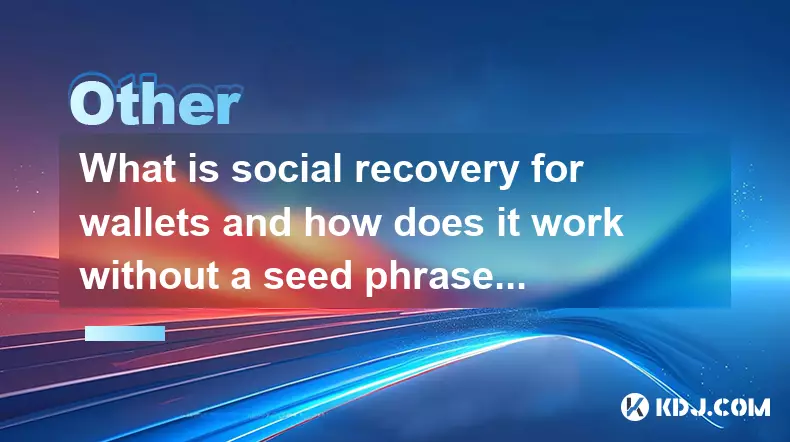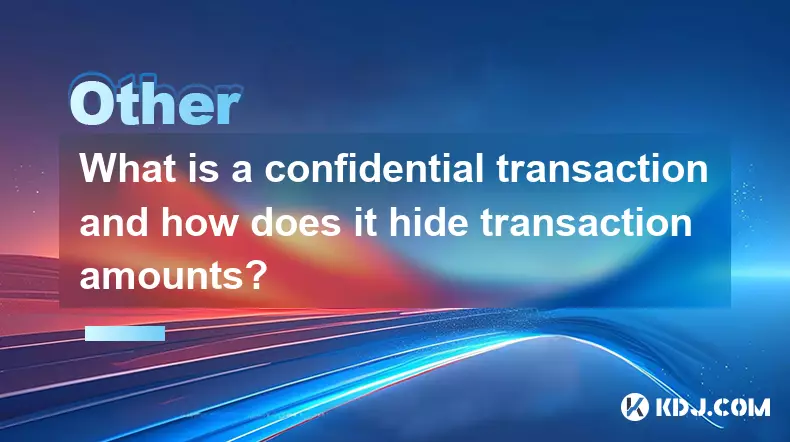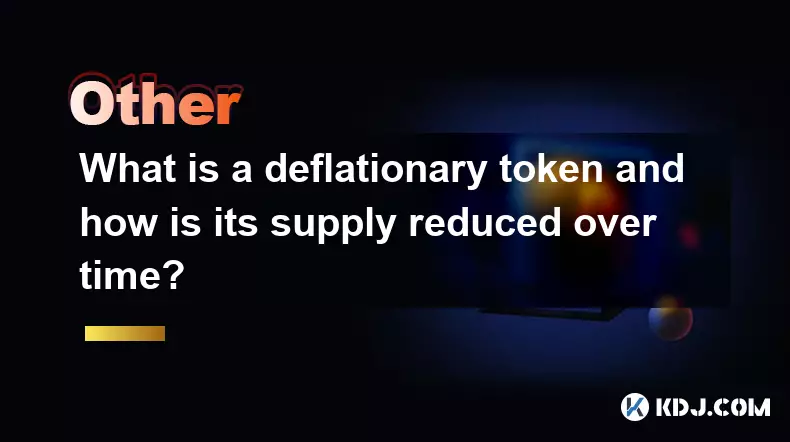-
 bitcoin
bitcoin $102877.190955 USD
1.88% -
 ethereum
ethereum $3430.435064 USD
4.52% -
 tether
tether $0.999264 USD
-0.05% -
 xrp
xrp $2.307310 USD
4.49% -
 bnb
bnb $987.740692 USD
3.82% -
 solana
solana $161.947760 USD
3.97% -
 usd-coin
usd-coin $0.999712 USD
-0.05% -
 tron
tron $0.292810 USD
2.93% -
 dogecoin
dogecoin $0.179738 USD
10.70% -
 cardano
cardano $0.580716 USD
8.75% -
 hyperliquid
hyperliquid $42.463448 USD
8.40% -
 chainlink
chainlink $15.763437 USD
7.05% -
 zcash
zcash $649.595636 USD
17.21% -
 bitcoin-cash
bitcoin-cash $511.610261 USD
7.19% -
 stellar
stellar $0.292537 USD
7.91%
What is a cryptographic nonce and how is it used to prevent replay attacks?
A cryptographic nonce ensures transaction uniqueness in blockchains, preventing replay attacks and maintaining order through one-time-use numbering.
Nov 08, 2025 at 05:00 pm

Understanding Cryptographic Nonces in Blockchain Systems
1. A cryptographic nonce is a number used only once within a specific cryptographic communication or transaction. It serves as a unique identifier that ensures data integrity and authenticity in digital interactions. In blockchain networks, nonces are frequently employed to introduce randomness and prevent predictable patterns that could be exploited by malicious actors.
2. The primary role of a nonce lies in its ability to alter the output of a hash function even when all other inputs remain constant. This property makes it invaluable in proof-of-work consensus mechanisms, where miners must find a nonce that produces a hash below a target threshold. The computational effort required to discover such a value deters spam and denial-of-service attacks.
3. Beyond mining, nonces appear in transaction structures across various cryptocurrencies. Each transaction includes a nonce field that increments with every new operation from a given address. This sequential numbering prevents duplicate processing of the same instruction, which is essential for maintaining accurate account balances and state transitions on the ledger.
4. When a user initiates multiple transactions in rapid succession, the network relies on the nonce to determine execution order. Without this mechanism, nodes might process messages out of sequence or accept stale commands, leading to inconsistencies in the distributed database. The deterministic progression of nonces enforces strict ordering without requiring centralized coordination.
How Nonces Mitigate Replay Attacks in Digital Transactions
1. Replay attacks occur when an adversary intercepts a valid data transmission and maliciously retransmits it at a later time to deceive the recipient. In cryptocurrency systems, this could mean resubmitting a signed transaction to transfer funds repeatedly from the same sender to the attacker’s address.
2. By incorporating a unique nonce into each transaction, the system ensures that no two operations can have identical cryptographic signatures even if they carry the same payload. Once a transaction with a specific nonce is confirmed on the blockchain, any subsequent attempt to broadcast the same message will be rejected due to nonce duplication.
3. Wallet software automatically assigns incremental nonces starting from zero or the last recorded value associated with an address. Nodes validate incoming transactions not only for digital signature correctness but also for nonce continuity. If a node receives a transaction with a nonce lower than or equal to one already processed, it discards the message as invalid.
4. This enforcement creates a one-time-use policy for each transaction structure. Even if an attacker captures a fully signed transfer over the network, replaying it after confirmation yields no effect because the target chain has already advanced past that nonce value. The security model thus shifts from relying solely on encryption to leveraging stateful validation logic.
Implementation Examples Across Major Cryptocurrencies
1. Ethereum uses nonces extensively at the protocol level. Every externally owned account maintains a nonce count representing the number of transactions sent from that address. Smart contract deployments also consume nonce values, ensuring contracts created from the same wallet do not collide in their addresses.
2. Bitcoin does not use account-based nonces in the same way, but employs similar principles through Unspent Transaction Outputs (UTXOs). While not explicitly labeled as nonces, the UTXO model inherently prevents replays by marking spent inputs as unusable in future blocks.
3. Binance Smart Chain follows Ethereum's approach closely, adopting the same nonce mechanics to maintain compatibility with existing wallets and developer tools. This consistency allows decentralized applications to operate seamlessly across both networks without modification.
4. Some privacy-focused coins like Monero implement more complex obfuscation techniques, yet still rely on ephemeral keys and one-time values that serve analogous functions to nonces. These elements ensure unlinkability between transactions while preserving protection against duplication.
Frequently Asked Questions
What happens if a transaction nonce is skipped?Skipping a nonce causes pending transactions to stall. Nodes will not process a transaction with a higher nonce until all prior ones (in sequence) are either confirmed or invalidated. Users may need to resend dropped transactions with appropriate gas pricing to clear the queue.
Can two different transactions have the same nonce from the same address?No. Each address must increment its nonce sequentially. Submitting two transactions with the same nonce results in only the first (usually the one with higher gas fee) being accepted. The second is treated as invalid and discarded by the network.
Is a nonce visible on the blockchain?Yes. Nonce values are part of the transaction data stored permanently on the blockchain. They are transparent and verifiable by anyone analyzing transaction history, though they do not reveal sensitive information about the sender.
Do hardware wallets manage nonces automatically?Yes. Reputable hardware wallets track outgoing transaction counts and assign correct nonces based on the latest network state. They synchronize with blockchain nodes to avoid conflicts caused by offline activity or multiple device usage.
Disclaimer:info@kdj.com
The information provided is not trading advice. kdj.com does not assume any responsibility for any investments made based on the information provided in this article. Cryptocurrencies are highly volatile and it is highly recommended that you invest with caution after thorough research!
If you believe that the content used on this website infringes your copyright, please contact us immediately (info@kdj.com) and we will delete it promptly.
- Ripple (XRP) in 2026: Hold or Fold? A Look at XRP's Future and Emerging DeFi Alternatives
- 2025-11-08 18:35:01
- Zcash ZEC Coin Price Explosion: From Privacy Niche to Center Stage
- 2025-11-08 18:55:01
- Berachain Price Prediction: Navigating the Honeycomb Hype in Crypto
- 2025-11-08 18:55:01
- Arthur Hayes, Gold, and Bitcoin: A Modern Monetary Trinity?
- 2025-11-08 19:15:01
- Shiba Inu's Next Move: Navigating a Shifting Market
- 2025-11-08 19:20:01
- Pakistan's Crypto Crossroads: Balancing Opportunity with Asset-Backed Realities
- 2025-11-08 19:20:01
Related knowledge

What is a cryptographic nonce and how is it used to prevent replay attacks?
Nov 08,2025 at 05:00pm
Understanding Cryptographic Nonces in Blockchain Systems1. A cryptographic nonce is a number used only once within a specific cryptographic communicat...

What is social recovery for wallets and how does it work without a seed phrase?
Nov 08,2025 at 08:39am
Social Recovery in Cryptocurrency Wallets1. Social recovery is a mechanism designed to help users regain access to their cryptocurrency wallets withou...

What is a confidential transaction and how does it hide transaction amounts?
Nov 08,2025 at 07:19pm
Understanding Confidential Transactions in Cryptocurrency1. Confidential transactions are a cryptographic method used in certain blockchain networks t...

What is a data availability layer and how does it help rollups become more secure and cheaper?
Nov 08,2025 at 08:39pm
What Is a Data Availability Layer?1. A data availability layer is a foundational component in blockchain infrastructure designed to ensure that transa...

What is a double-spend attack and how does Proof of Work fundamentally prevent it?
Nov 08,2025 at 08:19pm
Understanding the Double-Spend Problem in Cryptocurrencies1. In digital cash systems, a fundamental challenge arises when a user attempts to spend the...

What is a deflationary token and how is its supply reduced over time?
Nov 08,2025 at 04:19pm
Understanding Deflationary Tokens in the Cryptocurrency EcosystemA deflationary token is a type of cryptocurrency designed to decrease in supply over ...

What is a cryptographic nonce and how is it used to prevent replay attacks?
Nov 08,2025 at 05:00pm
Understanding Cryptographic Nonces in Blockchain Systems1. A cryptographic nonce is a number used only once within a specific cryptographic communicat...

What is social recovery for wallets and how does it work without a seed phrase?
Nov 08,2025 at 08:39am
Social Recovery in Cryptocurrency Wallets1. Social recovery is a mechanism designed to help users regain access to their cryptocurrency wallets withou...

What is a confidential transaction and how does it hide transaction amounts?
Nov 08,2025 at 07:19pm
Understanding Confidential Transactions in Cryptocurrency1. Confidential transactions are a cryptographic method used in certain blockchain networks t...

What is a data availability layer and how does it help rollups become more secure and cheaper?
Nov 08,2025 at 08:39pm
What Is a Data Availability Layer?1. A data availability layer is a foundational component in blockchain infrastructure designed to ensure that transa...

What is a double-spend attack and how does Proof of Work fundamentally prevent it?
Nov 08,2025 at 08:19pm
Understanding the Double-Spend Problem in Cryptocurrencies1. In digital cash systems, a fundamental challenge arises when a user attempts to spend the...

What is a deflationary token and how is its supply reduced over time?
Nov 08,2025 at 04:19pm
Understanding Deflationary Tokens in the Cryptocurrency EcosystemA deflationary token is a type of cryptocurrency designed to decrease in supply over ...
See all articles





















![The Graph Price Prediction [GRT Crypto Price News Today] The Graph Price Prediction [GRT Crypto Price News Today]](/uploads/2025/11/07/cryptocurrencies-news/videos/690d4df44fe69_image_500_375.webp)



















































